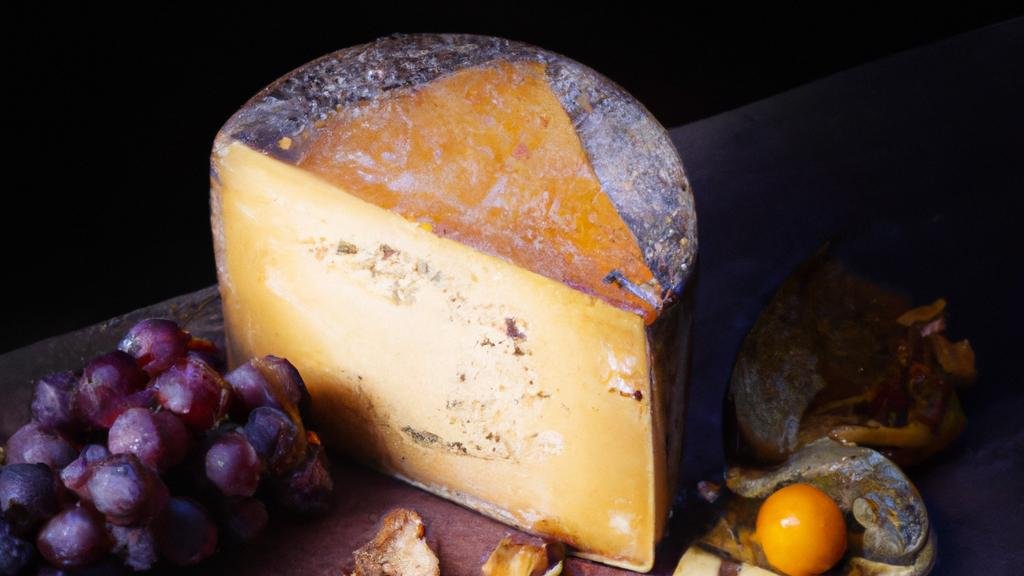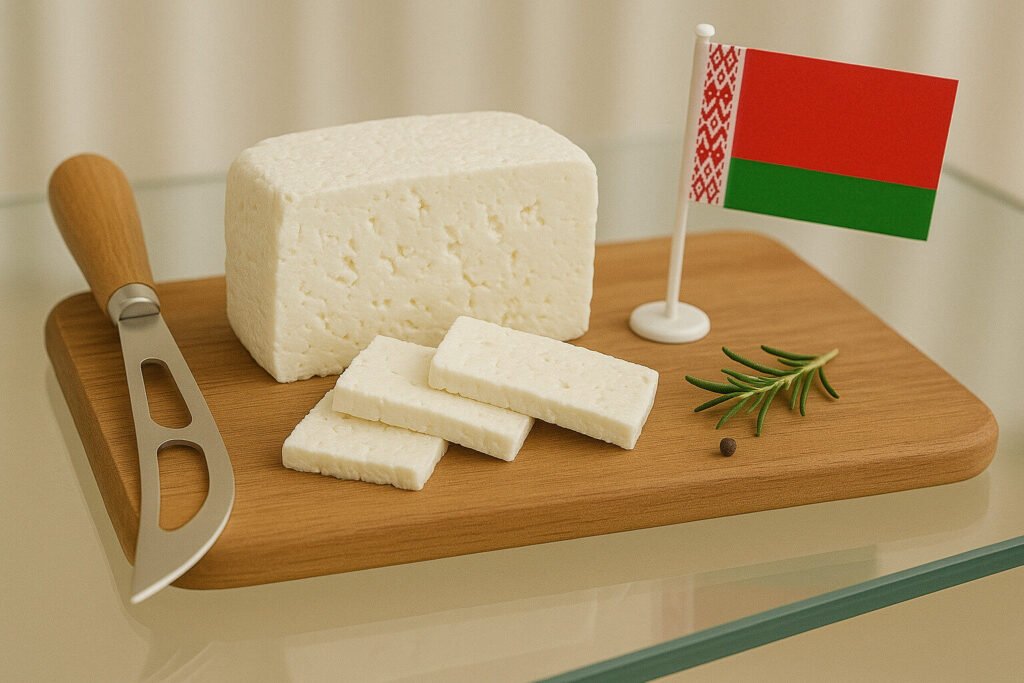Salty Undertones Cheese
Definition and Scope
Salty undertones refer to a subtle, persistent saline quality present in many cheese varieties. This characteristic arises from salt content and mineral interactions during aging. It is a key descriptor in sensory evaluation, distinct from overt saltiness.
The scope includes cheeses where salt enhances flavor complexity without dominating. It is found across milk types and aging durations. This property is measured through both chemical analysis and trained sensory panels.
Production Factors
Salt incorporation occurs through brining, surface rubbing, or direct addition to curds. The method influences salt distribution and intensity. Aging environment humidity affects moisture retention and salt perception.
Cheese mineral content, derived from animal diet and terroir, contributes to saline notes. Specific cultures can amplify salty perceptions through proteolysis. Production timing and salt quantity are carefully calibrated to achieve balance.
Sensory Profile
Salty undertones manifest as a lingering savory sensation on the palate. They often accompany umami flavors from amino acids like glutamate. This characteristic enhances overall flavor persistence without harshness.
The sensation is typically detected on the sides and back of the tongue. It integrates with other flavors like sweet or acidic notes. Properly balanced undertones prevent flavor fatigue during consumption.
Culinary Applications
Cheeses with salty undertones excel in balancing rich or sweet components. They are frequently grated over pasta or salads to enhance savoriness. Their flavor amplification makes them ideal for cheese boards with fruit.
These cheeses pair well with crisp white wines that cleanse the palate. They can reduce additional salt needs in cooked dishes. Their melting properties make them valuable for sauces and gratins.
Representative Examples
Pecorino Romano demonstrates pronounced salty undertones from sheep’s milk and brine aging. Feta’s brine preservation creates characteristic saline notes. These cheeses traditionally use Mediterranean sea salt.
Aged Gouda develops salty caramel notes through slow evaporation. Certain blue cheeses like Roquefort have saline minerality from cave aging. English coastal cheddars often show briny undertones from sea air influence.


